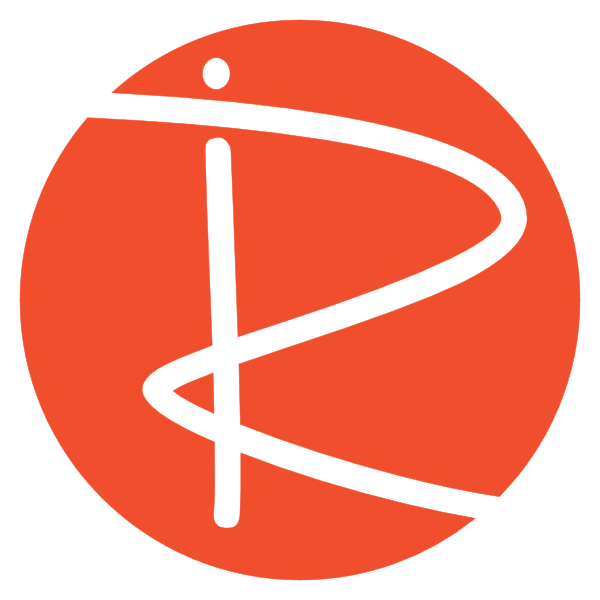
When it comes to learning, especially in structured training or academic courses, students are often bombarded with information. But what they really need to succeed is much simpler. At the heart of effective learning are three essential resources:
- Clear assessment criteria – to know exactly what success looks like.
- Content that teaches the required skills and knowledge – to bridge the gap between where they are and where they need to be.
- Exemplars of high-quality work – to show, not just tell, students what the end goal looks like.
These three materials form the foundation of meaningful education. Without them, learners can feel lost, unmotivated, or uncertain about their progress. With them, they gain clarity, confidence, and direction.
Let’s break each one down and explore why they matter – and how educators can provide them effectively.
1. Assessment Criteria: Knowing the Destination
Imagine setting off on a road trip without a map, GPS, or even a clear destination. That’s what learning feels like without assessment criteria. Students may travel in circles, unsure if they’re on the right path.
Why Assessment Criteria Matter
Assessment criteria provide the roadmap for learning. They define:
- What’s expected: The skills, knowledge, or competencies students must demonstrate.
- How they’ll be evaluated: The standards or benchmarks applied when marking work.
- What’s valued most: Whether it’s creativity, accuracy, collaboration, or technical skill.
When students know the criteria, they can focus their energy on what matters. It reduces anxiety, eliminates guesswork, and increases motivation because learners understand the rules of the game.
Example in Practice
If a student is writing an academic essay, the criteria might specify:
- Clear thesis statement (20%)
- Evidence-based arguments (30%)
- Correct referencing (20%)
- Structure and flow (20%)
- Grammar and style (10%)
This transparency allows the student to self-assess and check their work before submission.
2. Content: Building the Bridge to Success
While criteria tell students what’s required, content provides the means to achieve it. Training materials, lessons, and resources are the building blocks that help students meet the assessment requirements.
Why Content Matters
Content is the core learning journey. Without it, students might know what’s expected but have no idea how to get there. Effective content should:
- Cover all the knowledge and skills needed to complete the assessment.
- Be accessible and engaging, matching different learning styles.
- Link clearly to the assessment, so students see direct relevance.
Example in Practice
If the assessment is to create a website, the content should include:
- Tutorials on HTML and CSS basics.
- Examples of simple layouts.
- Guided exercises that let students practice building web pages.
This ensures that learners not only understand theory but also gain the practical skills required to complete the task successfully.
3. Exemplars: Showing What Success Looks Like
Even with clear criteria and quality content, students often struggle to visualize the end goal. That’s where exemplars come in. Exemplars are real examples of excellent work that meet (or exceed) the assessment criteria.
Why Exemplars Matter
Exemplars take the guesswork out of “What does good look like?” They:
- Provide a concrete model of high-quality work.
- Help students understand how to apply abstract criteria in practice.
- Motivate learners by showing them what’s achievable.
- Allow students to compare their own work with a standard.
Example in Practice
In a creative writing course, an exemplar might be a short story that demonstrates strong character development, clear narrative arc, and stylistic flair. Students can analyze it alongside the marking rubric to see how each criterion is met.
In vocational training, an exemplar might be a completed project (like a well-designed lesson plan or a business proposal) that demonstrates professional standards.
How the Three Work Together
These three materials aren’t just important individually – they’re powerful when combined.
- Assessment criteria tell students what’s expected.
- Content teaches them how to meet those expectations.
- Exemplars show them a finished example of what success looks like.
Together, they create a transparent, supportive learning environment. Students can self-direct their learning, reduce uncertainty, and stay motivated because they see the direct link between learning and assessment.
Practical Tips for Educators
Here’s how teachers and trainers can ensure students have all three essentials:
- Be crystal clear with assessment criteria
- Share rubrics at the start of the course.
- Break criteria into student-friendly language.
- Revisit criteria before key tasks.
- Provide content that maps directly to assessment
- Avoid “extra” materials that don’t link to outcomes.
- Scaffold content – build from simple to complex.
- Offer multiple formats: videos, readings, practice tasks.
- Use exemplars strategically
- Provide both excellent and average examples, so students learn to distinguish quality.
- Annotate exemplars, highlighting how criteria are met.
- Encourage students to self-assess against exemplars before submitting.
Conclusion: A Student’s Toolkit for Success
As a student, having access to these three materials is like having a compass, a map, and a picture of the destination. Without them, the journey is confusing and filled with uncertainty. With them, learners gain clarity, confidence, and purpose.
For educators, this framework is a reminder: the best teaching isn’t about providing more resources, but about providing the right ones. Clear criteria, targeted content, and inspiring exemplars empower students to not just complete assessments but truly learn, grow, and achieve.
In short: clarity drives confidence, and confidence drives success.
